Back to Courses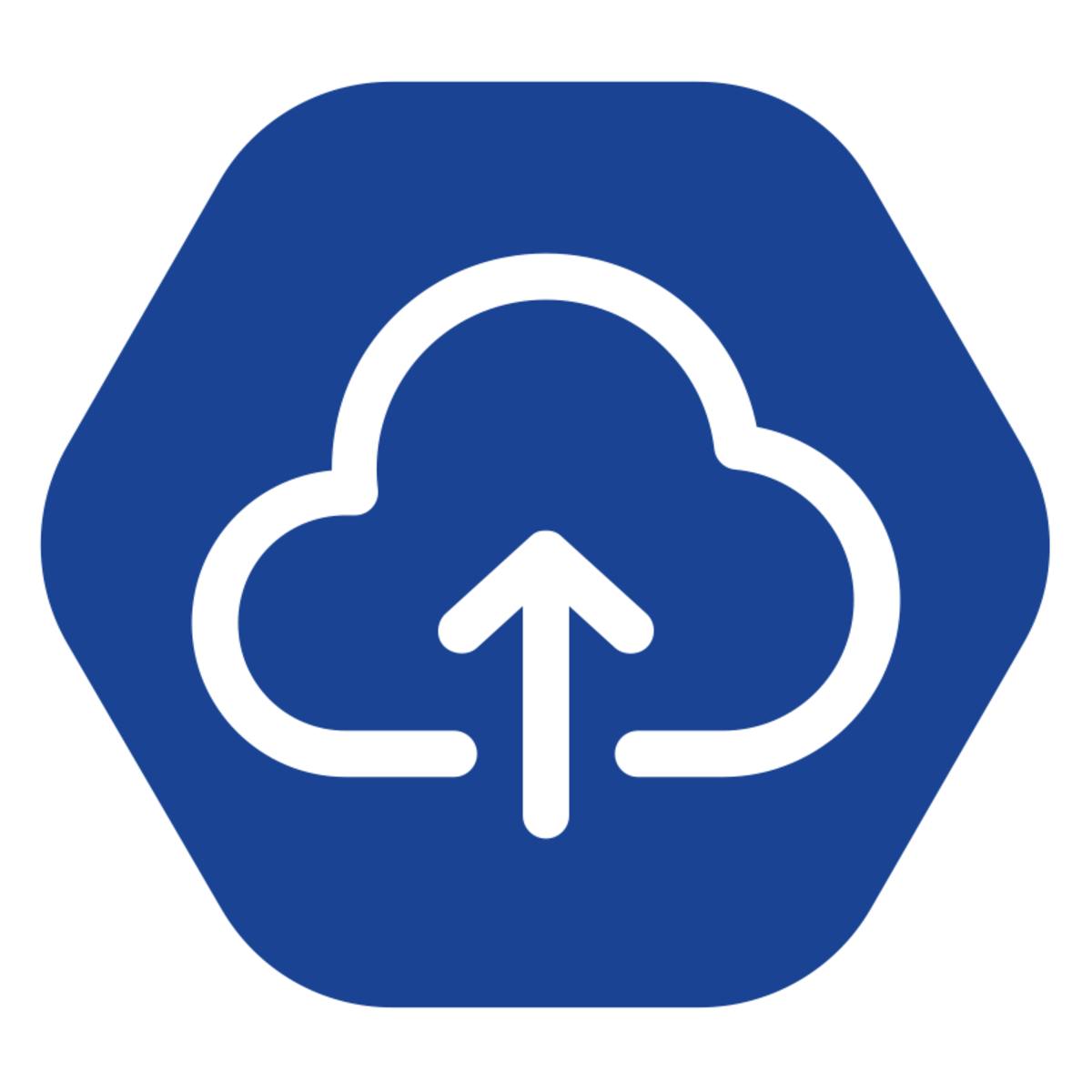
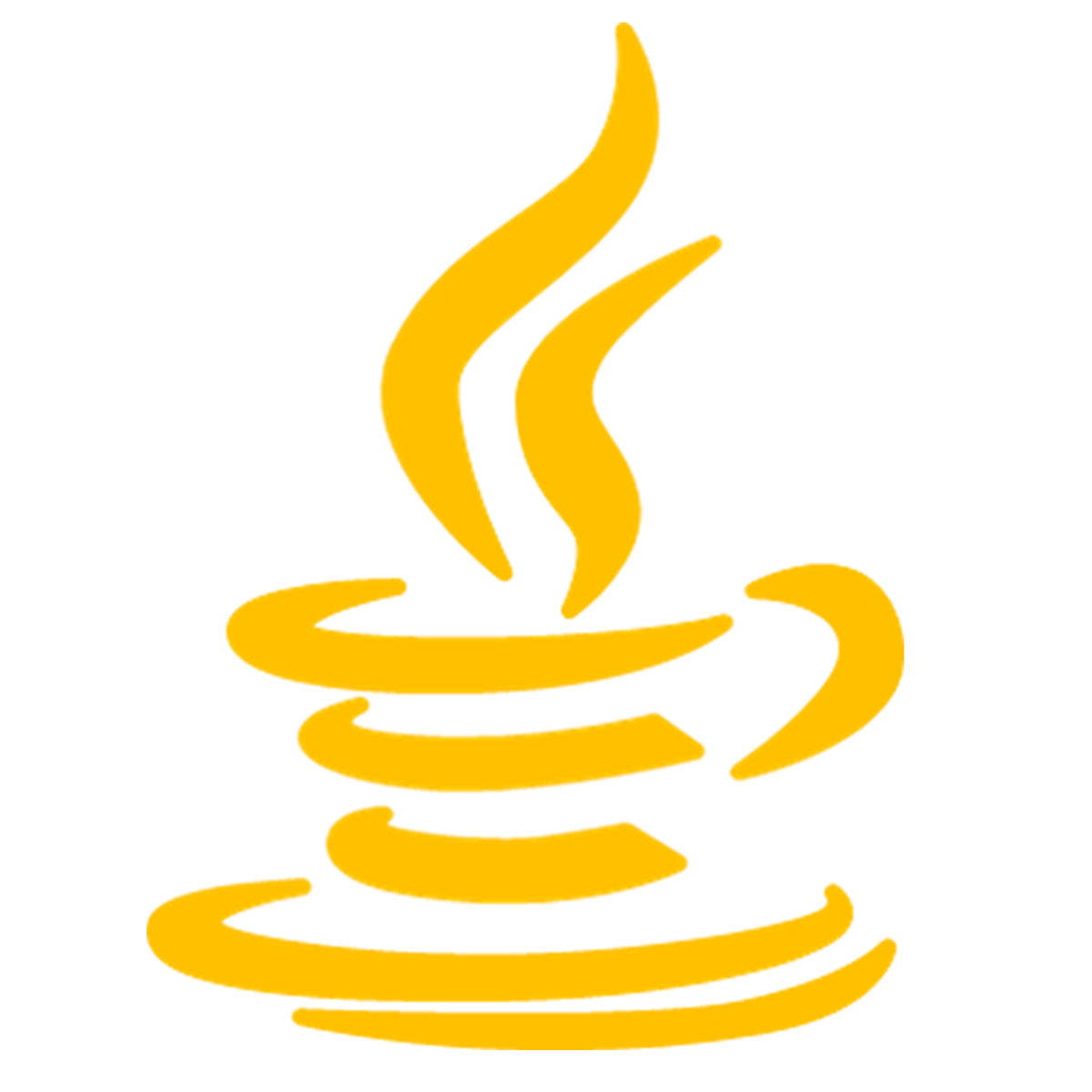
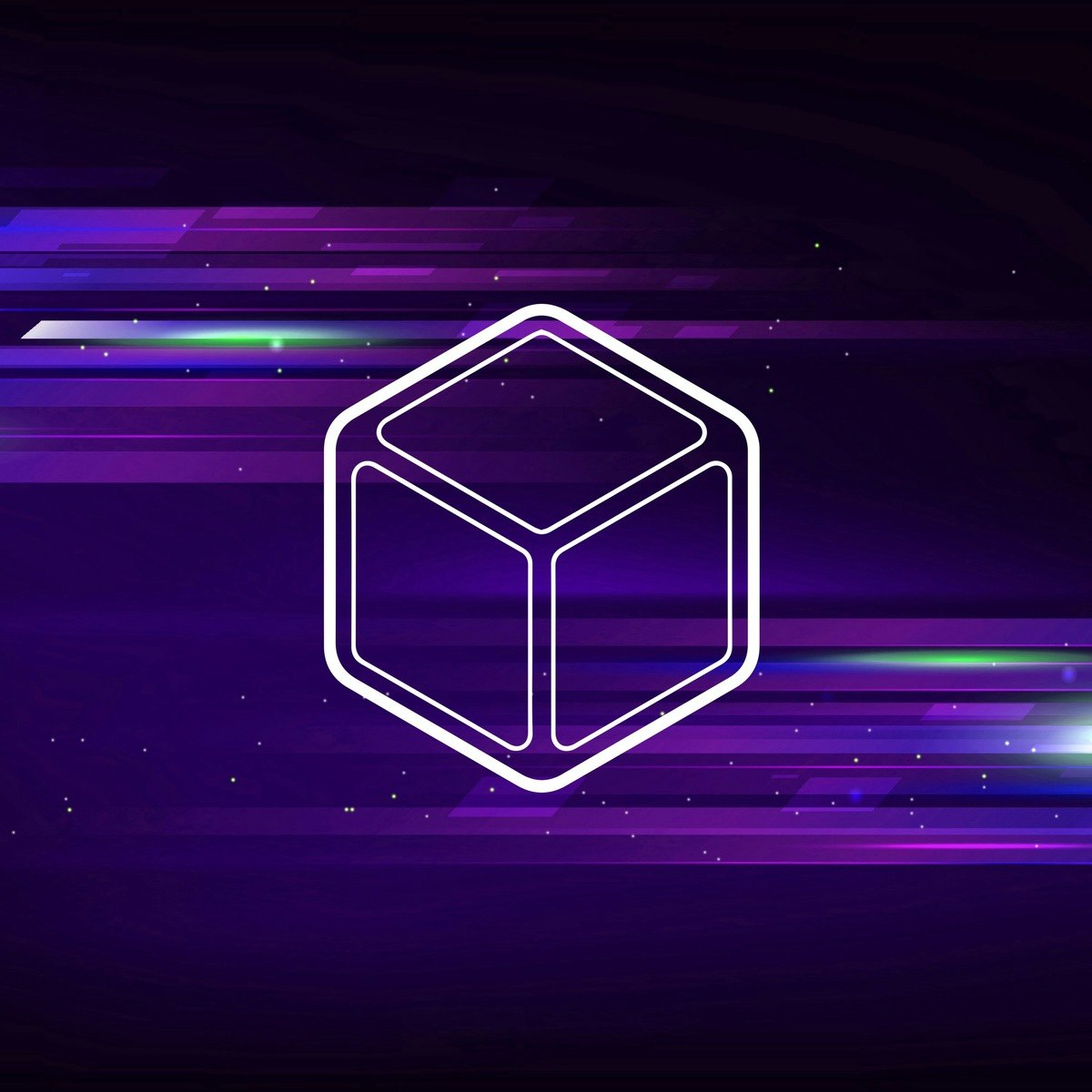
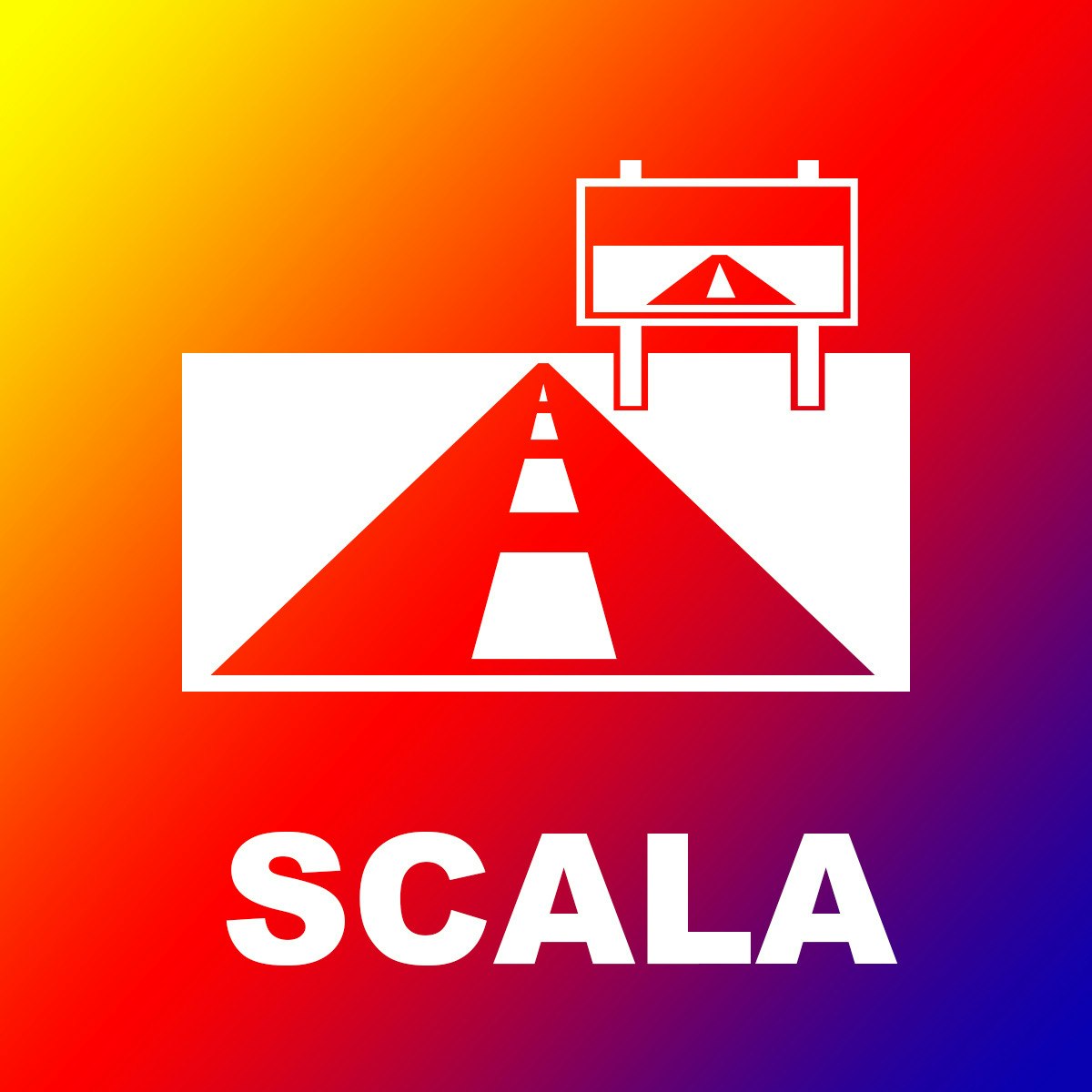


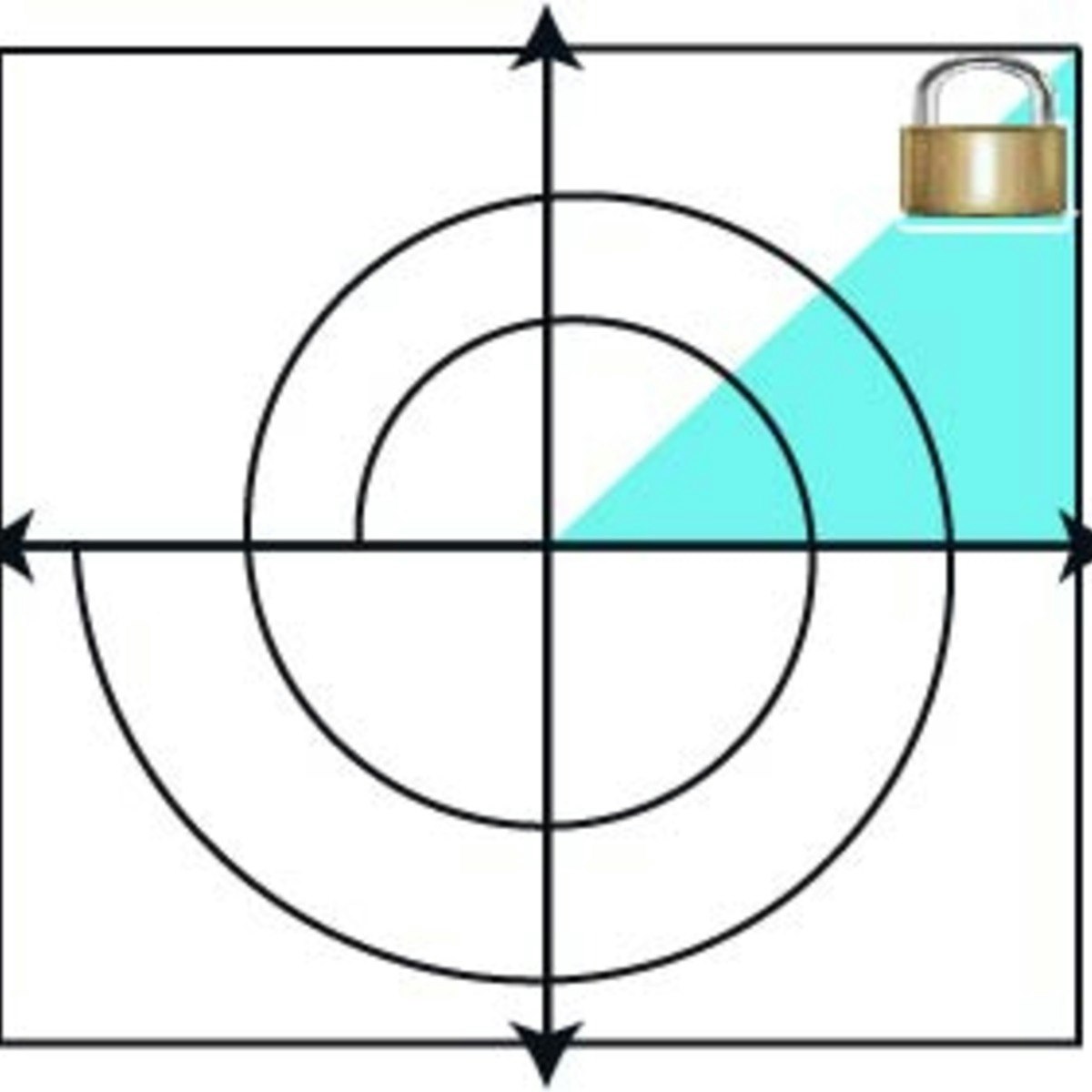

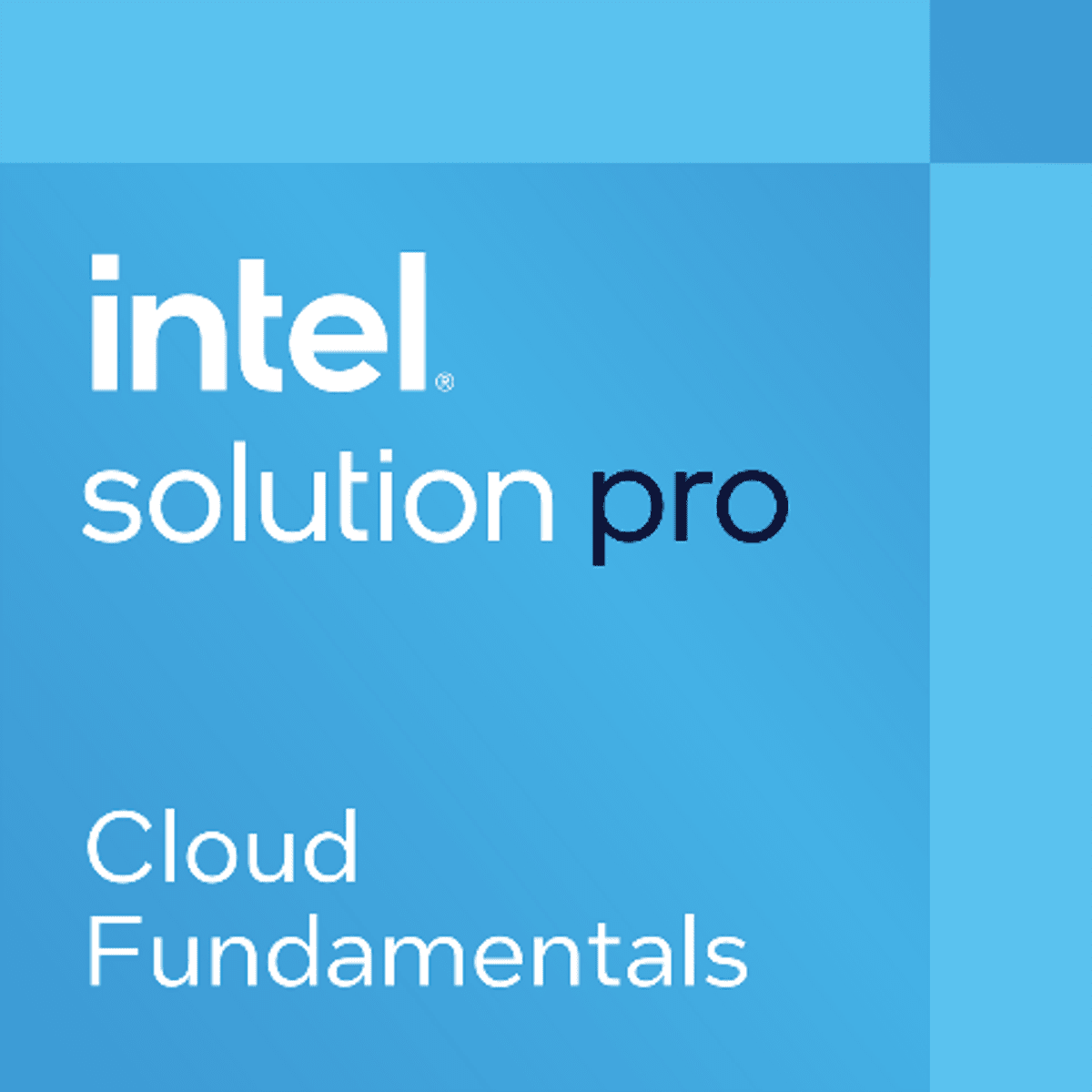

Computer Science Courses - Page 133
Showing results 1321-1330 of 2309

Fundamentals of Kubernetes Deployment
This course is designed to give you a deeper understanding of Kubernetes.
Over the next few weeks, you'll learn about several features of Kubernetes, the Kubernetes Architecture, how to create clusters, and different installation configurations. We'll also explore deployments and how they are scaled, updated, and rolled back. We will discuss clusters, pods, and nodes, and dive into Persistent Volumes as well as Kubernetes Authorization and Authentication.
Lastly, we'll show you how it all comes together in a Kubernetes demo, so you can see it in action.

Writing Java Application Code
This is the third course in a Specialization titled Java as a Second Language. This course presents instruction to IT professionals for developing Java applications. The material targets professional that are familiar with application programming, but do not have strong Java skills. The type of Java applications focus on: Console based Java applications, Java windows applications, and Java web and mobile applications. This course presents material on developing real applications, and includes hands-on application development labs. Learners will gain strong Java application development skills.
The courses in this specialization are cumulative, so you should take courses 1 and 2 prior to this one. This course contains Coursera labs so students can practice their new Java skills. The instructor also provides offline instructions in case you prefer to use your own local Java environment.
It is recommended that you take the courses in this Specialization in order because the knowledge is cumulative.

Web3 and Blockchain Leadership for Transformation
For most of the last century, critical advances in technology were happening inside large, well-funded industrial R&D machines that dotted the Western world. Today’s landscape, however, is very different. Even the largest and most sophisticated corporate leaders can no longer dominate their fields or dictate the pace of development. With companies across sectors seeking to harness the transformative potential of blockchain technologies, the blockchain ecosystem is an exemplar of new models of industry collaboration.
In this course you will learn about various stakeholders in the blockchain ecosystem and the leadership roles they need to play in order to steward the blockchain revolution in global commerce. You will discuss various organizational models and best practices for industry consortia and will explore several examples of consortium projects that are at the forefront of the blockchain ecosystem. You will also explore the themes of standardization and interoperability—two major challenge areas concerning the scalability and throughput limitations inhibiting mainstream enterprise adoption of blockchain in global commerce.
Development of this course was made possible thanks to the generous support of FedEx. Dale Chrystie, Business Fellow & Blockchain Strategist at FedEx, delivers three of the course videos, bringing a real-world industry perspective to the course. The scripts for these videos have been written and/or reviewed by the Blockchain Research Institute and approved by INSEAD to ensure that this content is pedagogically sound, unbiased, and academically rigorous.

Write a Mini Game in Scala
In this 1 hour class you will learn Scala by writing a mini number guessing game. The product might seem simple but we will cover important Scala concepts such as type inference, objects, collection class, iterators, implicit class, and post-fix operators, in addition to features common to other languages. This class is ideal for a quick warm up for learners who want to transition to Scala from other modern programming languages such as Java.
Access Controls
Welcome to Access Controls!
The Access Controls Course provides information pertaining to specify what users are permitted to do, the resources they are allowed to access, and what operations they are able to perform on a system. Access Controls help managers limit and monitor systems use at a user level or group membership. You will understand the different access control systems and how they should be implemented to protect the system and data using the different levels of confidentiality, integrity, and availability.
The Access Controls course provides information pertaining to specifying what users are permitted to do, the resources they are allowed to access, and what operations they are able to perform on a system. Access Controls help managers limit and monitor systems use at a user level, and is usually predefined based on authority level or group membership. You will understand the different access control systems and how they should be implemented to protect the system and data using the different levels of confidentiality, integrity, and availability.
Objectives
1. Describe how to implement Authentication mechanisms
2. Identify and operate internetwork trust architectures
3. Describe the process of administering identity management life cycle
4. Implement the different types of access controls (Subject/Object based)

IoT Communications and Networks
By presenting the building blocks of the IoT network architecture, this MOOC will help learners adapt to the fast changing communications and networking environment of IoT.
The IoT world represents billions of sophisticated objects, such as sensors, actuators and meters, that are deployed nearly everywhere, in homes, hospitals, factories, cities, and are connected to the Internet. However, they come with limited capacity in terms of memory storage, computational power and energy; how can these objects then ensure network reliability and timely transmission?
That is what you will learn in this course: how we can set up wireless communications and networking in the IoT to achieve these goals.
This course has received financial support from the Patrick & Lina Drahi Foundation.

Software Requirements Prioritization: Risk Analysis
Risk Analysis, Assessment, and Prioritization looks at how you can manage conflicts at system levels, but it can also be applied to lower level assessments. How do you manage and document conflict, along with alternatives? In analyzing alternatives, you must consider risks. In this course, we'll look into how to analyze risk, evaluate risk, document risks, and use this information for prioritization of requirements. Qualitative and Quantitative approaches will be covered.

DevOps Culture and Mindset
This course gives you the basic foundational principles of DevOps with a particular focus on culture and the DevOps mindset. We’ll learn about how DevOps is grounded in lean principles, and how it can help improve collaboration between developers and operations team members. We'll learn about ideas regarding systems thinking, feedback loops, continuous improvement, loosely coupled architecture and teams, managing risk, and dealing with unplanned work. We’ll learn about strategies to manage work, monitor it, keep it organized, and maintain a high level of quality by following key DevOps principles. We’ll also discuss various organizational models and structures that are used by companies in their DevOps transformations. You’ll learn about value stream mapping, and ensuring continuous workflow. Ultimately, we'll learn key ideas and tactics that you can employ at your own organizations to improve both time-to-market and increase the value delivered for your customers, no matter your product line or industry.

Cloud Essentials & Usage
The Cloud Essentials portion of this course will assist the learner in identifying all the critical aspects of Cloud Architecture. At the end of the course they will demonstrate good comprehension of cloud technology and be able to define key XaaS offerings. In addition, key cloud consumption models will be addressed. This Cloud Usage portion of this course helps identify the fundamental enterprise business needs and cloud ecosystem for application development and deployment. The learner will be able to understand the fundamentals of application development concepts as well as the basic considerations for workload placement in cloud environments. In addition, legacy, cloud native, COTS and Open Source applications will be addressed.

Create Interactive Prototypes with Webpage Linkage in Miro
By the end of this project, you will be able to apply design principles and customer-centric thinking to create an interactive prototype with webpage linkage with the goal of optimizing user interface design to streamline user acceptance testing.
To create an interactive prototype, you will gain hands-on experience applying design thinking, user interface knowledge, and context from each step of the customer journey in the Miro online visual collaboration platform for teamwork.
Note: This course works best for learners who are based in the North America region. We’re currently working on providing the same experience in other regions.
